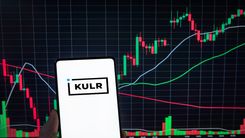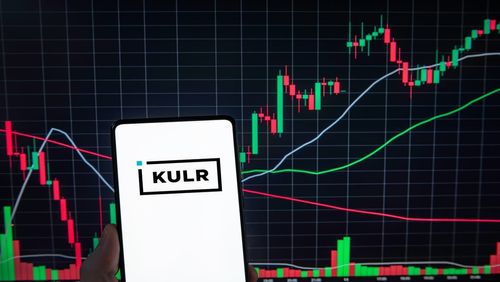

Nous utilisons des cookies pour, entre autres, offrir un support de chat en direct et afficher du contenu qui peut vous intéresser. Si vous êtes satisfait de l’utilisation des cookies par markets.com, cliquez sur Accepter.
Les CFD sont des instruments complexes et sont accompagnés d’un risque élevé de pertes financières rapides en raison de l’effet de levier. 75,2 % des comptes d’investisseurs particuliers perdent de l’argent en tradant des CFD avec ce fournisseur. Vous devez déterminer si vous comprenez comment fonctionnent les CFD et si vous pouvez vous permettre de courir le risque élevé de perdre votre argent.
Mardi Apr 18 2023 08:37

3 min

Shorting, or short selling, is a popular investment strategy for traders looking to profit from a decrease in the value of a particular asset. By shorting a stock, the trader believes that the stock’s price will drop in the near future and wants to take advantage of this price change.
Traders can borrow the stock from a broker, sell it on the open market, then wait until the stock drops and buy it back at a lower price to make a profit. This can be done without the trader ever having to invest a large amount of capital up-front.
Of course, as with any investment strategy, there are also some important risks associated with shorting. Perhaps the most notable is the risk of unlimited losses.
This occurs when the stock being shorted unexpectedly rises in value. Since there’s no upper limit on how high the stock’s price can go, losses from shorting can quickly become unmanageable.
The alternative option is to use trading approaches like CFDs or spread-bets, where the trader does not own the underlying asset and instead speculates on the price. This way, they do not actually have to borrow the stock or pay any fees except for the fees arising from the broker.

Short-sellers who don’t use CFDs or spread-bets can incur significant fees, depending on how long the trade is open for. If the trader doesn’t anticipate the length of the trade correctly, these fees can end up being larger than any potential profit.
Overall, shorting can be an effective trading strategy if used correctly. It allows traders to take advantage of decreases in asset values without investing a large amount of capital up-front, while providing downside protection.
However, it’s important to be aware of the risks associated with this strategy, particularly the risk of unlimited losses and costly fees.
Avertissement sur les risques : cet article ne reflète que les opinions de l'auteur et est fourni à titre indicatif uniquement. Il ne constitue en aucun cas un conseil en investissement ou une recommandation financière, ni ne représente la position de la plateforme Markets.com.Lorsque vous envisagez de négocier des actions, des indices, des devises et des matières premières ou de faire des prévisions de prix, n'oubliez pas que le trading CFD comporte un degré de risque important et peut entraîner une perte de capital.Les performances passées ne sont pas indicatives des résultats futurs. Ces informations sont fournies à titre informatif uniquement et ne doivent pas être interprétées comme servant de conseils d'investissement. Le trading de CFD et de spreads bets sur les crypto-monnaies est restreint au Royaume-Uni pour tous les clients particuliers.
Liste des actifs
Afficher la liste complèteDernier
Tout afficher
Jeudi, 18 Septembre 2025

6 min

Jeudi, 18 Septembre 2025

5 min

Jeudi, 18 Septembre 2025

6 min

Jeudi, 18 Septembre 2025
Indices
Gold Price in Saudi Arabia Falls Today: How to Trade Gold CFDs (XAU/USD)?

Jeudi, 18 Septembre 2025
Indices
KULR Stock Rises 4% Today: How to Start Trading KULR Stock CFDs in KSA?